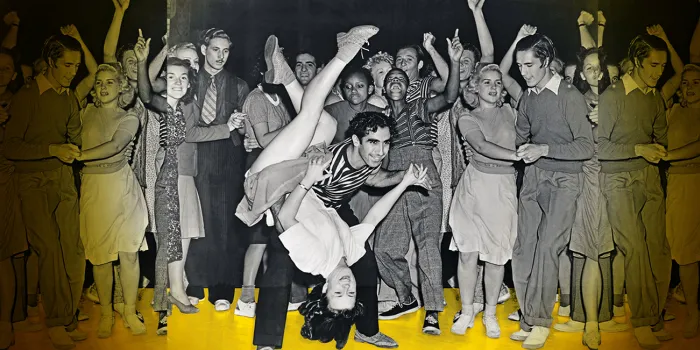“And when you get the choice to sit it out or dance, I hope you dance.”
When Lee Ann Womack sang that little piece of ear candy, she was on to something. Dancing is not just a performance art; it is also a fun activity that brings joy to your heart and makes you feel less alone. If you have a partner, there’s the intimacy of touch. Even in a line dance, you are part of a group, experiencing that dancing high together. Better yet, you can do it at any level. You can tap out a heart-racing rhythm, join in a simple line dance or just create your own groove.
“Dance keeps you young! So many people unify when it comes to music and dance that it’s a very stimulating and fun activity,” says Gee Smith, a Zumba instructor from Charlotte, North Carolina, who has family members with hemophilia.
Dance also provides many health benefits. While you are sashaying away, you are also:
- Strengthening muscles and joints, and improving flexibility and balance. Especially when you have a bleeding disorder, you want to make sure that your joints don’t get stiff and that you reduce your chances of falling.
- Upping your brainpower. A 2018 study by Japanese researchers in the Annals of Case Reports & Reviews found that learning dance moves to familiar music improved cognitive abilities.
Here’s what you need to start the beat.
Get a Physical Assessment.
“Before you start any new physical activity, especially if you have hemophilia, you should consult with your hematologist, physical therapists at the treatment center and your primary care provider to be sure that you are physically prepared to dance,” says Sherry Herman-Hilker, PT, MS, physical therapist at the University of Michigan’s Hemophilia and Coagulation Disorders Program.
Choose an Appropriate Type and Level of Dance.
Know your limitations. Some dances, such as hip-hop, can be pretty tough on the joints. Your physical therapist can help you choose one that suits your needs.
Wear the Right Shoes.
Doing the salsa in pointy heels may look good, but it’s hard on your joints. Get shoes that are comfortable, support your feet and protect your knees and hips.
Always Warm Up and Stretch Before Taking the Floor.
You will be less apt to pull a muscle.
Dance Through the Pandemic.
The COVID-19 pandemic is keeping us all isolated, but that doesn’t mean the party has to stop. Although many dance studios are closed, some are offering online classes. You can join a Zoom dance class and enjoy the camaraderie virtually from home.
Smith is offering socially distanced classes outside, so call around your town to see what’s happening. You can still partner with a friend from your pandemic social “pod.” If not, partner up with someone you live with.
Search YouTube for Dance Tutorials.
Dance Tutorials Live is a great place to start.

